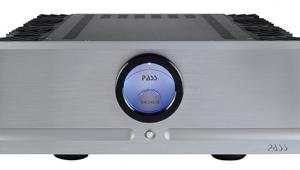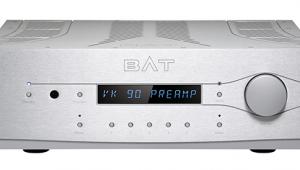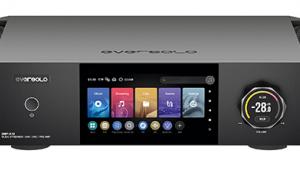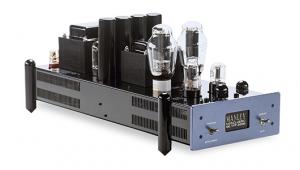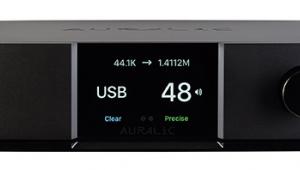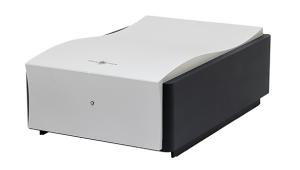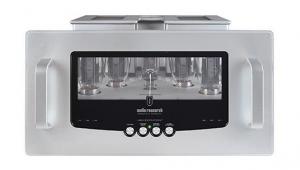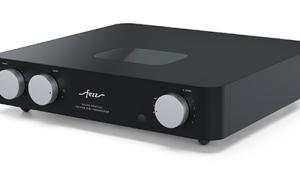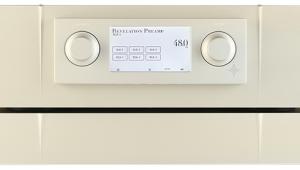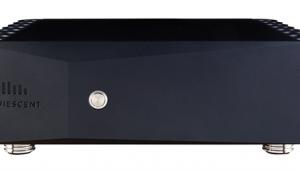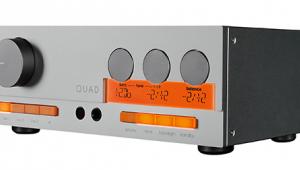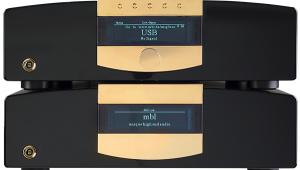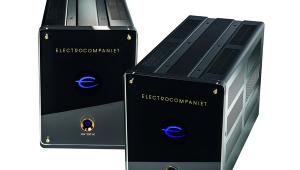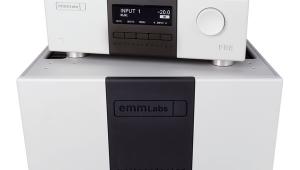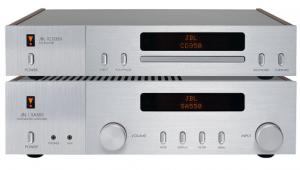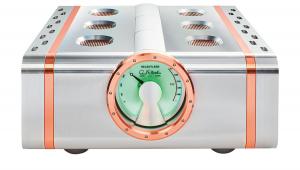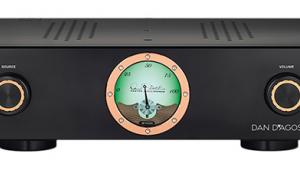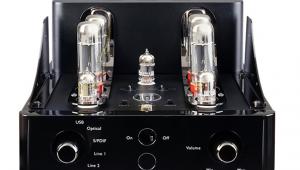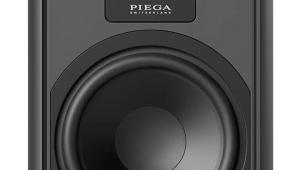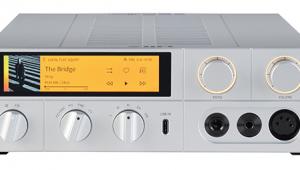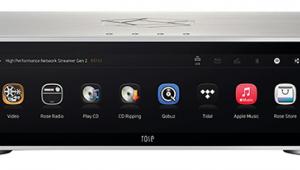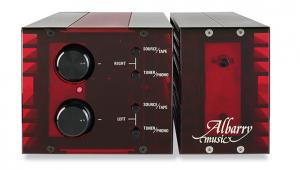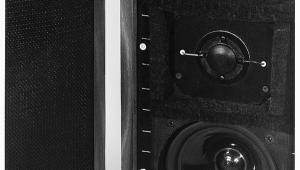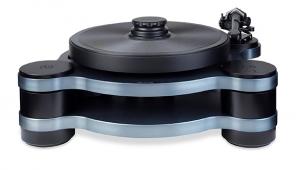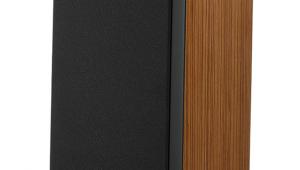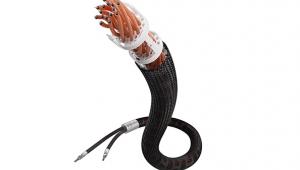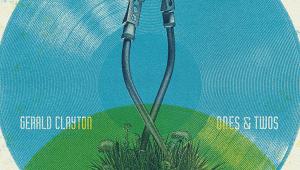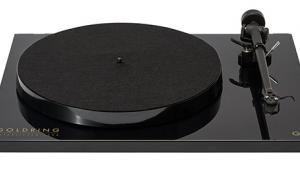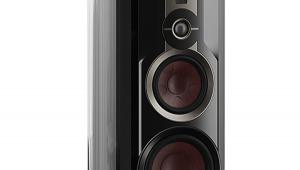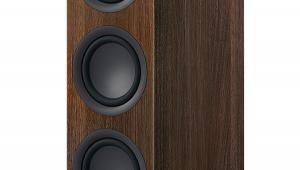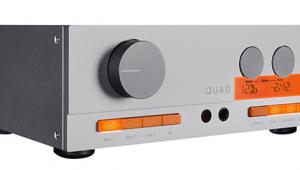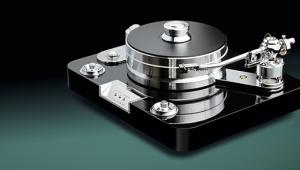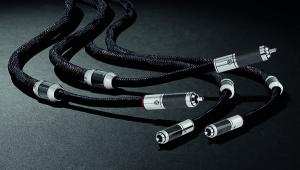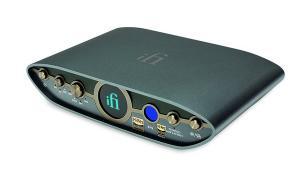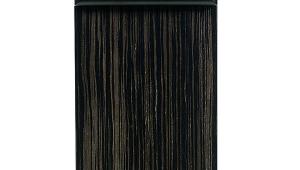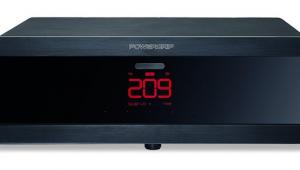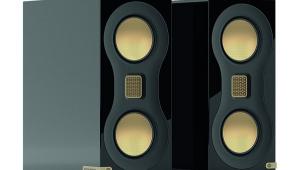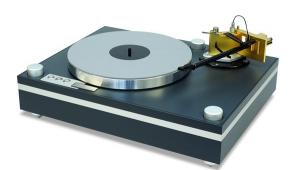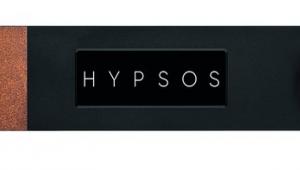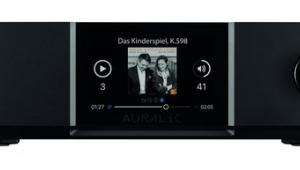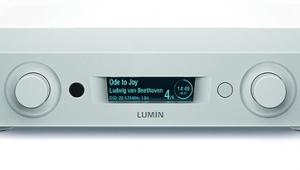Audiolab 9000Q/9000P preamp/DAC & power amp
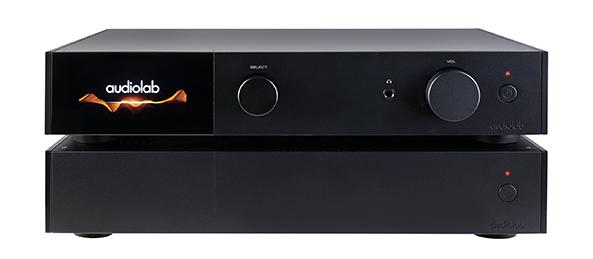

Since its debut in 2022, and with models introduced on a piecemeal basis, Audiolab’s 9000 series has sought to offer improved performance and specification above the company’s already popular 6000 and 8000 ranges. And now, with the launch of the 9000Q preamplifier/DAC and 9000P power amplifier, the family is truly complete.
Topping off the flagship range with these final two models is a wise move by the IAG-owned, Huntingdon-based manufacturer, as the 9000 series now caters to a wide audience, from CD and digital enthusiasts to turntable owners. There’s also a deal of interconnectedness between all 9000 models, as audio designer Jan Ertner has shared a lot of technology between them.
Power to the people
The combination of the 9000Q and 9000P, rated at 100W/8ohm but delivering slightly more [see PM's Lab Report], addresses audiophiles who prefer their pre and power amplification split into two chassis. There’s also the temptation to make it a trio, as the £1099 9000P provides a relatively affordable pathway to a bridged system with each (mono) power amplifier now taking care of one channel for a promised 2x300W [see boxout]. Arguably, this is a niche scenario at the price point, but maybe Audiolab is hoping enthusiasts will buy one 9000P and be seduced into adding a second at a later date...
Full-width but slim, the 9000P and 9000Q’s clutter-free design mirrors that already made familiar by the rest of the series, while paying homage to an Audiolab aesthetic that stretches back many decades. This approach means that a system built entirely from 9000 series components, maybe adding the 9000N network player [HFN Mar ’24] or 9000CDT CD transport [HFN Aug ’23], will have an agreeable symmetry.
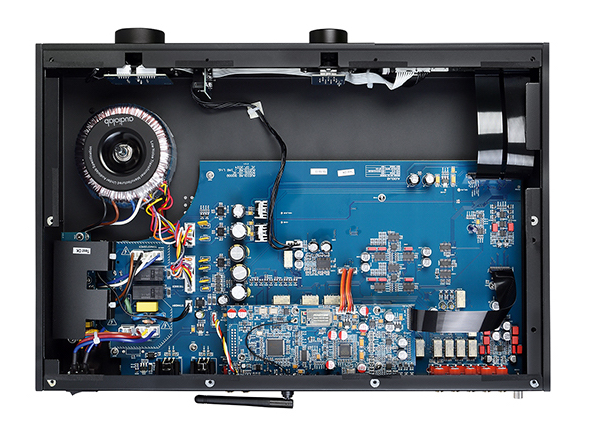
The 9000P power amplifier, particularly, is very unassuming – it’s basically a black box with a single on/off button. A finely crafted aluminium box, true, but nothing that will turn heads. Nevertheless, pay closer attention and you’ll appreciate the slick feel to its matt finish and the first-rate build quality. Like the rest of the range, the amp is offered in two colourways, black and silver, so covers the eternal hi-fi taste divide between dark and light finishes. Limited visible screws and a thin groove that matches the position of the screen edge on its 9000Q sibling suggest the involvement of an industrial designer with an eye for detail.
Hey, good lookin’
The 9000Q DAC/preamp, selling for £1499 individually (there’s a £100 saving if both pre and power are bought together) is more of a looker, thanks to a colour 4.3in/11cm display off to the left of the front facade. The lack of a network/streaming connection means you’ll be looking at text rather than album artwork on this display, although the configuration menu has options to view bouncing signal level bars or a simulated VU meter, to liven things up. If all this CGI feels rather gratuitous, then it’s possible to switch off the display completely. Other menu options include DAC filters, PCM upsampling and tone controls, the latter functioning in the analogue domain.
The bundled remote lacks the premium feel of the 9000Q and 9000P themselves, being a plastic unit with a lot of buttons. Functionally, however, it’s very practical, and if you add the 9000CDT or 9000N it will control those devices too.
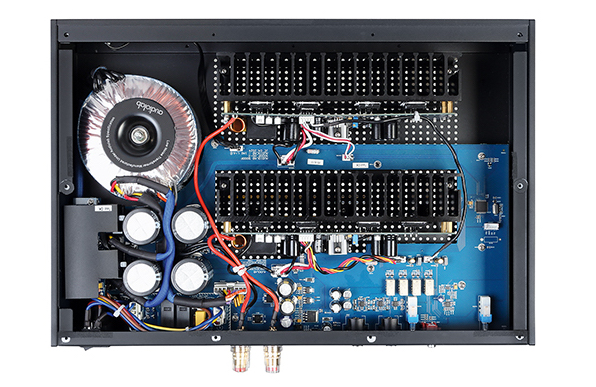
The uniformity of this series’ external appearance is also reflected in the shared building blocks within. The core Class A/B amplifier circuit, including internal heatsinking, and ES9038PRO-based digital board launched in the 9000A integrated amp [HFN Aug ’23], are repurposed in the 9000P and 9000Q, respectively, albeit with detail revisions to some key components and the dedicated power supplies.
A similar story
For example, the DC rejection technology used in Audiolab’s DC Block and DC Block 6 mains optimisation devices is now incorporated into the 9000Q and 9000P’s internal power supplies, alongside improved RFI/EMI filtering. These ‘cleaner’ supplies are reflected in an improved noise performance [see Lab Reports]. In addition, the 9000P can accept both single-ended (RCA) and balanced (XLR) sources with, as discussed, the option to switch to a bridged mode. Waking the power amp from standby is possible via its 12V trigger port, but missing is the signal sensing option seen on some rival designs.
Looking at the connections on the 9000Q, a similar story unfolds – there are many similarities with the 9000A integrated amp, but also some intriguing additions. Audiolab’s new preamp offers a similar USB-B port (supporting up to 768kHz/DSD512) and four other digital inputs but the balanced analogue stage is significantly beefier than that in the 9000A, with three single-ended and one balanced line input. The MM phono stage is said to be further refined in the 9000Q while, in addition to the new PSU filtering, a large 40VA ultra-low-noise toroidal transformer claims an improvement in headroom. Purists will appreciate the XLR Direct Mode (selected via the screen), which keeps the signal path balanced from source to the 9000Q’s XLR outputs.
Nevertheless, this is not an all-singing, all-dancing preamplifier/DAC, as for wireless music playback you’ll need to add an external streamer or make do with the built-in Bluetooth option. It’s good to see Audiolab taking BT seriously though, including support for the higher-fidelity LDAC and aptX HD codecs.
![]() Gold star
Gold star
Audiolab supplied not one, but two of the 9000P power amplifiers, allowing us to try out the bridging option. However, as most buyers will probably settle for just the one, our listening commenced with the 9000Q and a single 9000P connected to a pair of Monitor Audio Gold 300 6G floorstanders [HFN Oct ’24]. And in this guise, Audiolab’s new flagship amps showed off an appealing mix of speaker-driving power and fine-touch detail.
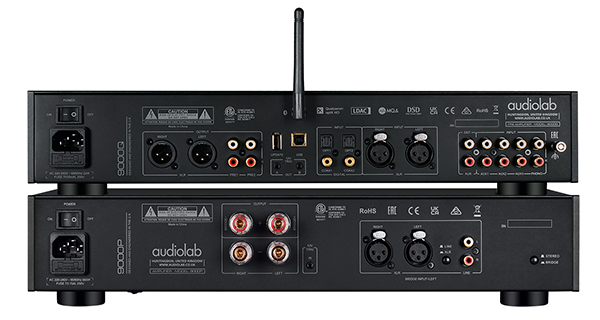
Making use of the 9000Q’s phono stage with a Technics SL-1200GR turntable [HFN Sep ’24] and Audio-Technica VM750SH moving-magnet pick-up, Jacob Dinesen’s vocals across his Let The Hard Times Come LP [DALI 5703120112510] sounded gnarly and full of character. But as well as showcasing his remarkable singing, Audiolab’s pre/power pair extracted a lot more musical information from this excellent pressing, helping to paint the album’s pictures of the American Midwest, pick-up trucks and beer pitchers (which is curious, as both artist and recording originate in Denmark, half a world away). It was fun and engaging – I’ve certainly heard less accomplished phono inputs on similarly priced amplifiers.
Theremin thrills
Lonesome Dreams, from the Los Angeles folk/rock band Lord Huron [Play It Again Sam PIASR585LP], also embraces country and western influences. Here Audiolab’s flagship system built a soundstage evoking great distances, as opposed to the tight focus of Dinesen’s songs, as most of the tracks employ plenty of expansive reverb. The amps impressed with the wistful-sounding ‘Ends Of The Earth’, where choral chants, percussion and theremin join Ben Schneider’s singing and guitar. Yes, there’s a lot going on here, but the 9000Q and 9000P layered it eloquently together, topped off by a discernible airiness.
This sense of spaciousness, naturalistic but not exaggerated, was apparent during ‘Vision Of Love’ from the sixth album in Adrian Younge and Ali Shaheed Muhammad’s Jazz Is Dead series [JID006; 88.2kHz/24-bit], here streamed from a Matrix Audio TT-1 digital transport to the USB DAC of Audiolab’s preamp. The backing vocals, straight out of a 1970s soul album, sounded fluid and rich, next to a mellow portrayal of Gary Bartz’s alto saxophone. However, as with other tracks on this release, it was the Audiolab pre/power’s ability to groove along with the rhythm section that really struck a chord, finding plenty of depth and scale from Monitor Audio’s loudspeakers.
As the TT-1 is – in the context of this system – comparatively pricey, I swapped it out for an affordable Bluesound Node network player, with handy USB-DAC mode. The performance remained enveloping and finely etched, so that Moby’s ‘Harbour’ [18; Virgin 5016025612024], with its guest appearance from Sinéad O’Connor, sounded roomy and nuanced.
Tricks and treats
Clearly, Audiolab has skilfully engineered the 9000Q’s USB input and DAC stage, and its performance allowed me to appreciate this song’s production trick, where O’Connor’s close-miked singing is balanced by airy backing vocals. This textural, spatial detail felt very tangible, and is part of what makes this track so enjoyable – less so Moby’s saccharine synthesiser lines.
The change of transport didn’t have much subjective impact on sound quality, although the potential of the 9000Q’s line/preamp stage was revealed when I connected the TT-1 to a T+A DAC200 [HFN May ’22], and hooked that up via balanced XLRs. Returning to some tracks previously played, including a refined interpretation of Dvorák’s Symphony No.9 in E minor by Nathalie Stutzmann/Atlanta Symphony Orchestra [Erato 5021732263797; 96kHz/24-bit], the system as a whole ‘gelled’ more convincingly, unearthing microdetails that heightened the sensation of listening to a live orchestra. At £5800, the T+A DAC is more than double the price of Audiolab’s pre/power, so is hardly a sensible option. It did, however, illustrate that adding a high-quality analogue source could be rewarding.
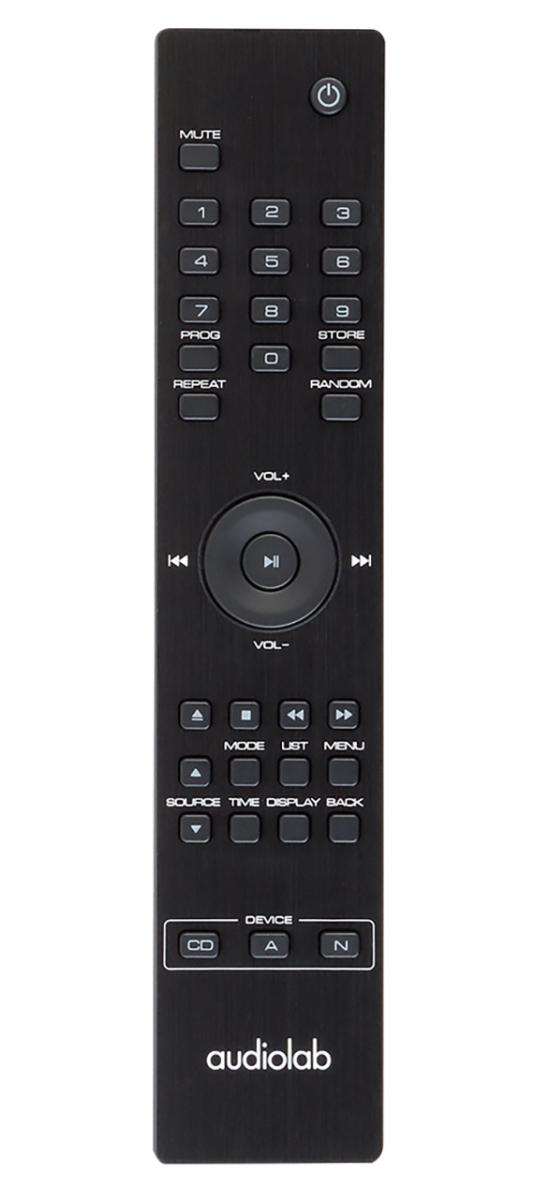
Switching to a dual (bridged) 9000P set-up, and keeping the Gold 600 6G loudspeakers in place, provided an eye-opening performance with the soundtrack to Oscar-winning film Birdman [Milan 399 618-2]. This album might not tickle everyone’s fancy, as it mainly consists of short solos by virtuoso Mexican drummer Antonio Sánchez, but the dynamics of ‘Doors And Distance’ were deftly handled by the Audiolab (now) trio, bringing a very lifelike sound to the drum kit.
Single or double?
Was there a big difference when listening with two, rather than one, 9000P? Not enough to warrant the ‘night and day’ cliché, but at the same time this minimalist recording appeared just a bit more controlled and better delineated, exposing more of Sánchez’s skilful playing. So, there’s the potential here for a power amp upgrade, even while the performance of just one 9000P, in stereo mode and tethered to the revealing 9000Q preamp, remains immensely satisfying.
Hi-Fi News Verdict
The versatile 9000Q and capable 9000P are Audiolab’s crowning achievement, finally giving its 9000 series the flagships it deserves. Stylistically and technically they have strong links with the 9000A integrated, but the excellent phono stage, good DAC and tantalising possibility of upgrading to two monoblock 9000Ps make this pair a sharply priced delight for separates-loving audiophiles.
Sound Quality: 88%
